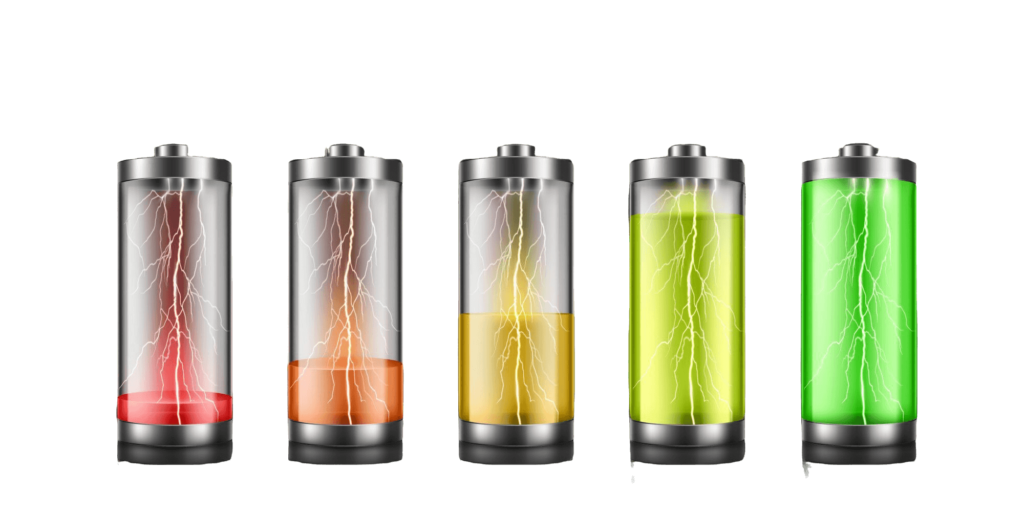Lithium batteries are at the heart of modern solar energy systems, providing reliable, efficient, and long-lasting energy storage. One key metric to consider when using these batteries is Depth of Discharge (DoD). Understanding and optimizing your battery’s DoD is essential to maximizing its lifespan and performance.
In this post, we’ll explore what Depth of Discharge means, why it’s important, and how to manage it effectively.
What Is Depth of Discharge (DoD)?
Depth of Discharge refers to the percentage of a battery’s capacity that has been used relative to its total capacity. For example:
- If you have a 10kWh battery and use 5kWh, the DoD is 50%.
- A higher DoD means more energy has been drawn, while a lower DoD indicates minimal energy usage.
Lithium batteries, like those used in solar systems, often allow for deeper discharges compared to traditional lead-acid batteries without compromising performance. However, exceeding the recommended DoD can reduce the battery’s overall lifespan.
Why Does DoD Matter?
- Battery Longevity
Every battery has a specific number of charge-discharge cycles it can handle. The deeper the discharge, the fewer cycles the battery can perform. Managing DoD effectively ensures you get more life from your investment. - System Efficiency
A well-maintained DoD prevents unnecessary wear and tear, allowing your battery to perform at its optimal capacity over time. This is especially critical for solar energy systems, where energy demands can fluctuate. - Cost Savings
Batteries with an optimized Depth of Discharge (DoD) last longer and need fewer replacements, helping you save money over time. For example, lithium batteries with a 90% DoD, such as the Felicity 10kWh Lithium Battery, offer a great balance between usage and durability.
Optimal DoD for Lithium Batteries
Lithium batteries, especially Lithium Iron Phosphate (LiFePO4) types, are designed to handle high DoD levels. Most modern lithium batteries, like the Felicity Solar 7.5kWh or 20kWh Powerwalls, have recommended DoD ratings of 80% to 95%, making them ideal for daily use in solar energy systems.
How to Manage Depth of Discharge Effectively
- Choose the Right Battery
Select a battery that suits your energy needs and usage patterns. For instance, the Felicity 5kWh Lithium Battery is perfect for smaller households, while the Deye 16kWh Hybrid Inverter pairs well with higher-capacity batteries for commercial use. - Use Battery Management Systems (BMS)
A good BMS ensures your battery operates within safe limits, preventing over-discharge and overcharging. Most lithium batteries, like those from Felicity Solar, come with built-in BMS technology. - Monitor Your Energy Consumption
Use monitoring tools or apps to track your energy usage and ensure your battery is not overworked. Many inverters, such as the Deye Hybrid Inverter, include remote monitoring features. - Regular Maintenance
Periodically inspect your battery and inverter system to ensure everything runs smoothly. Proper maintenance helps you avoid unnecessary deep discharges.
Final Thoughts
Managing Depth of Discharge is crucial to optimizing your lithium battery’s performance and lifespan. Whether you’re using a Felicity Solar Powerwall for residential energy storage or a hybrid inverter system for commercial use, understanding DoD will help you get the most out of your solar investment.
Ready to upgrade your energy storage? Explore our range of high-performance lithium batteries and inverters to find the perfect match for your solar power needs.
Would you like to learn more about optimizing your solar energy system? Check out our Product Listings or contact us for expert advice!

